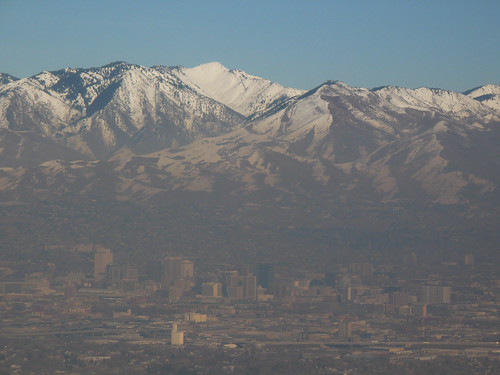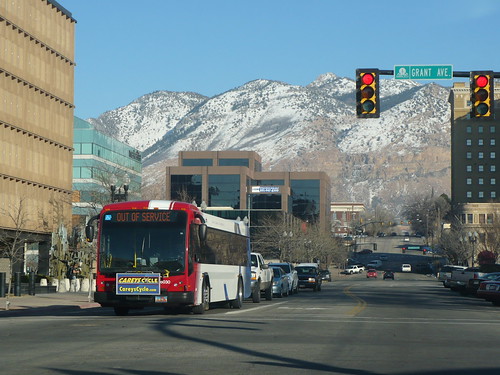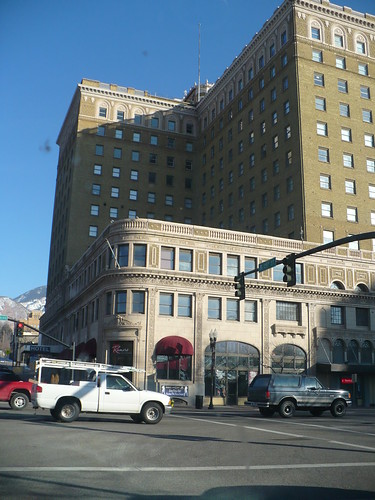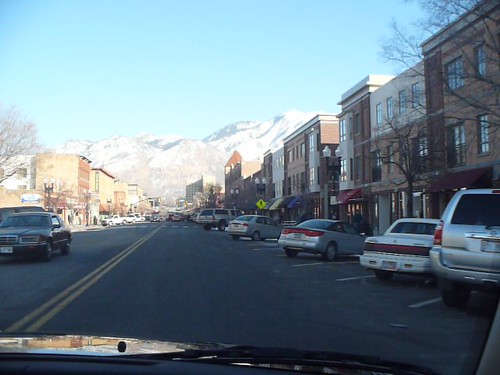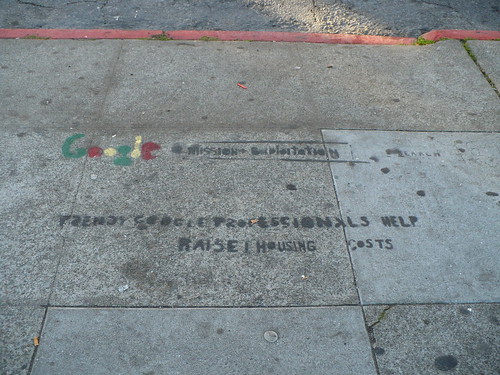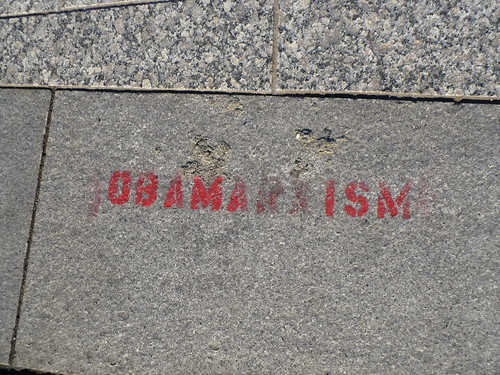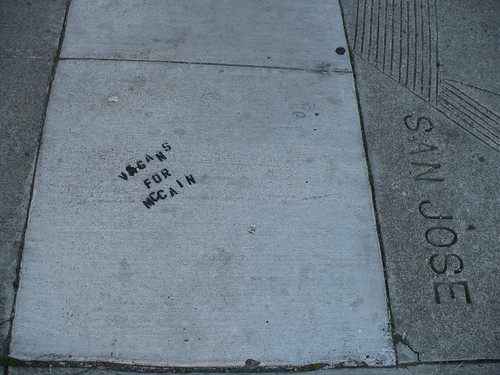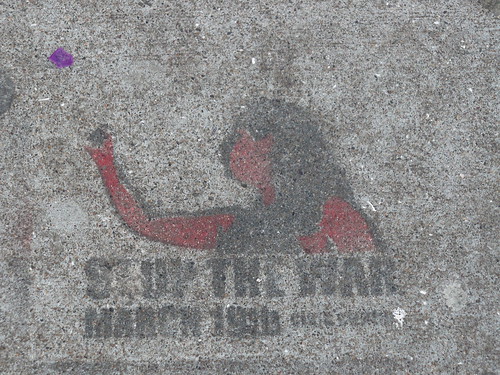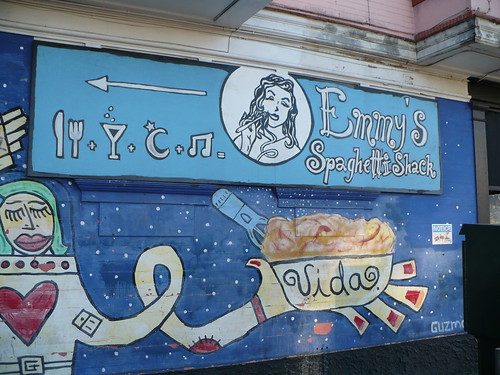So when I got back from LA yesterday and checked my feed reader my jaw dropped when the 1000+ number showed at the top. Too much information every day. It's amazing what the internet has brought but also time consuming. I can see why some completely eschew the process keeping themselves sane.
Another interesting thing that I missed is the end of the Stimulus craziness. Instead of running around like a chicken with my head cut off, I missed it all, which when I got back was oddly comforting. It can be quite crazy in Washington DC dealing with movement efforts because of the thousands of changes every day. Some find this exciting but with my background in distance running, I don't quite understand it. The franticness of it all goes against everything I learned from running, including patience and putting in your daily miles over a long term period to reap rewards. It's not quite as opportunistic which is satisfying, at least to me personally. Guess thats just my personality.
In any event, here are my favorite bits from the catch up process.
~~~
A history of the
Subway in Los Angeles. After being there Friday and riding the Subway and the 704 Rapid, I see absolutely no reason why people are opposed to more rail extensions. The ride was bumpy and crowded and needed a lot of work in the wayfinding department. There was no map so I knew where I was going and no announcements of transfer points. Transit TV is worthless as well.

~~~
It's amazing when you hear stories of Japanese soldiers that were found on Islands many years after the Second World War was over still thinking they were in the war. Similarly, it's amazing when a fight is lost over rail people still
continue to fight it, even after the voters strongly affirmed their will.
~~~
Why are we still
propping up the auto industry? And why do we consider transit expansion an "
extra thing", something that is a novelty when its more of a necessity than tax breaks for automobiles.
~~~
Gavin has officially
lost my vote for Gov. His smarmyness probably had lost it anyway. Perhaps Jerry Brown or Antonio are better. Maybe, maybe not.
~~~
If you have to vote for transit improvements, shouldn't we have to
vote for roads as well?
~~~
The Green Line in Dallas has created
2,200 jobs. It's really too bad we couldn't fund more of these lines.
~~~
20
TOD projects in Charlotte are paused or canceled. This is a slowdown of 3,000 units. If we do give tax breaks to new home buyers, it should be near transit but I'm not sure if
giving breaks is a smart idea in any context.
~~~
No such thing as Green
Personal Transportation?
~~~
Developers say eliminating
a station on the Corridor Cities Transitway would hurt their large development scheme.
~~~
At least we'll be able to get
around Spain. They are planning a huge HSR network. Seems like they are the leaders in the next major infrastructure movement. Perhaps when President Eisenhower goes to Spain he can see how it worked and promote it here. Then another group will co-opt it and turn the autobahn into a mover within cities instead of between them. Did I just get my time periods mixed up?
~~~
Copying an idea that I believe came from Columbus, the
Charlotte Bobcats are selling transit tickets with thier event tickets. I think this could be a very real way to raise capital for transit projects and allow people to use thier event tickets as proof of purchase (POP)
~~~
This is what the Stimulus
was supposed to fix, but won't. We'll have to depend on the transportation bill for this. In the meantime, work should be done to get
land along the lines ready for the future.
~~~
Who knew that streets built before the suburban sprawl craze were actually safer than the roads built for cars. Well
data backs that up as well.



